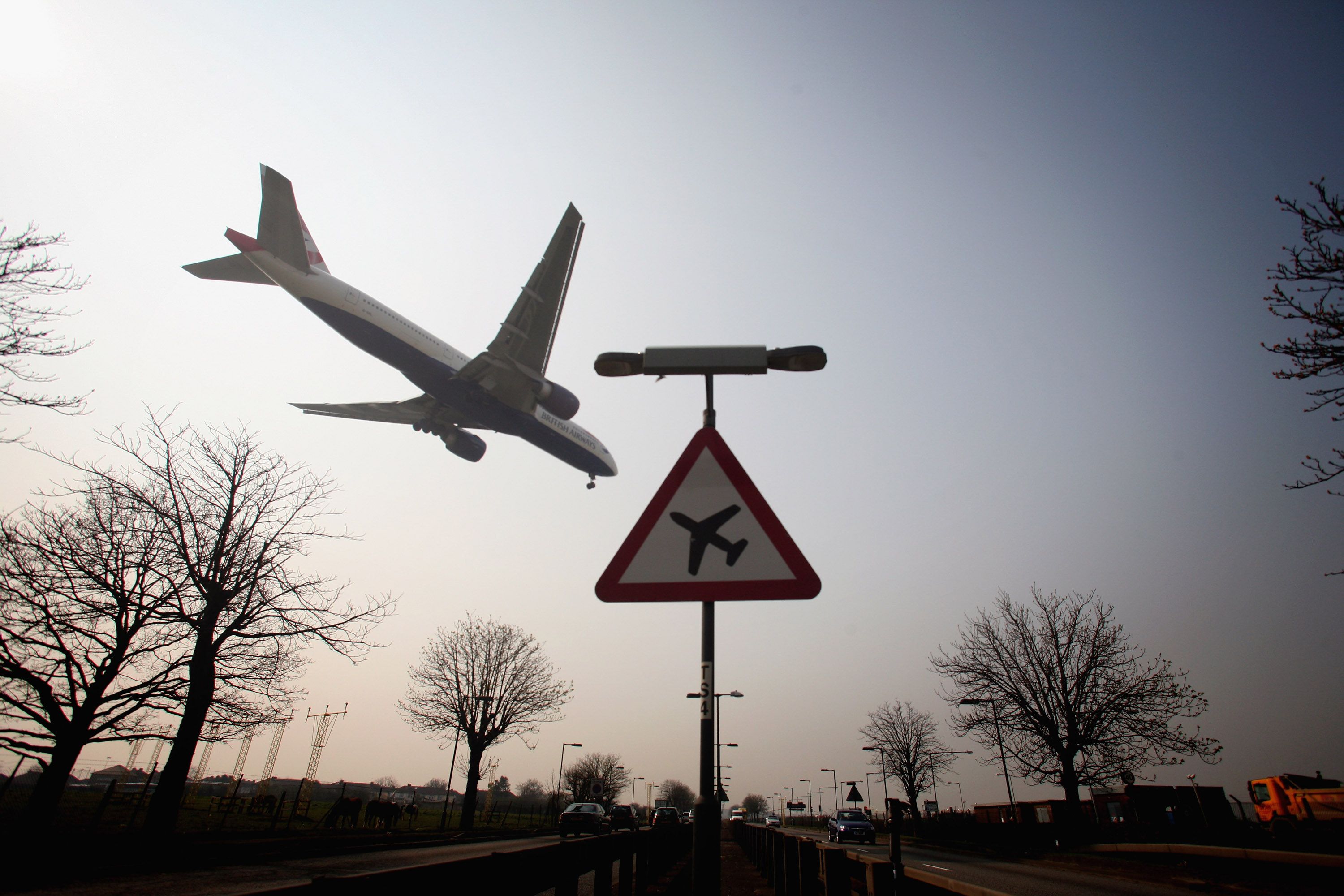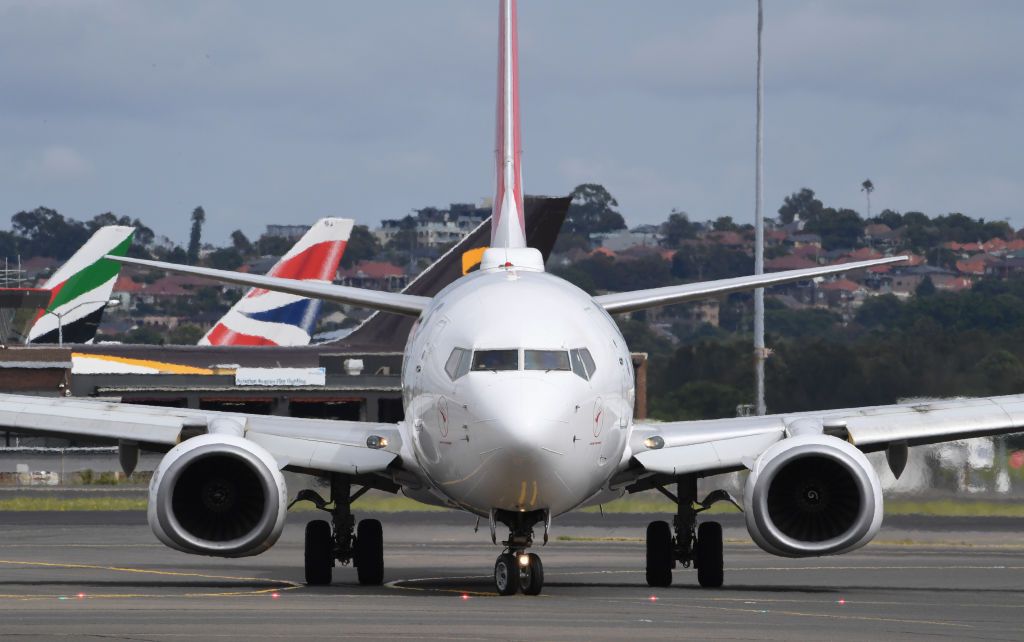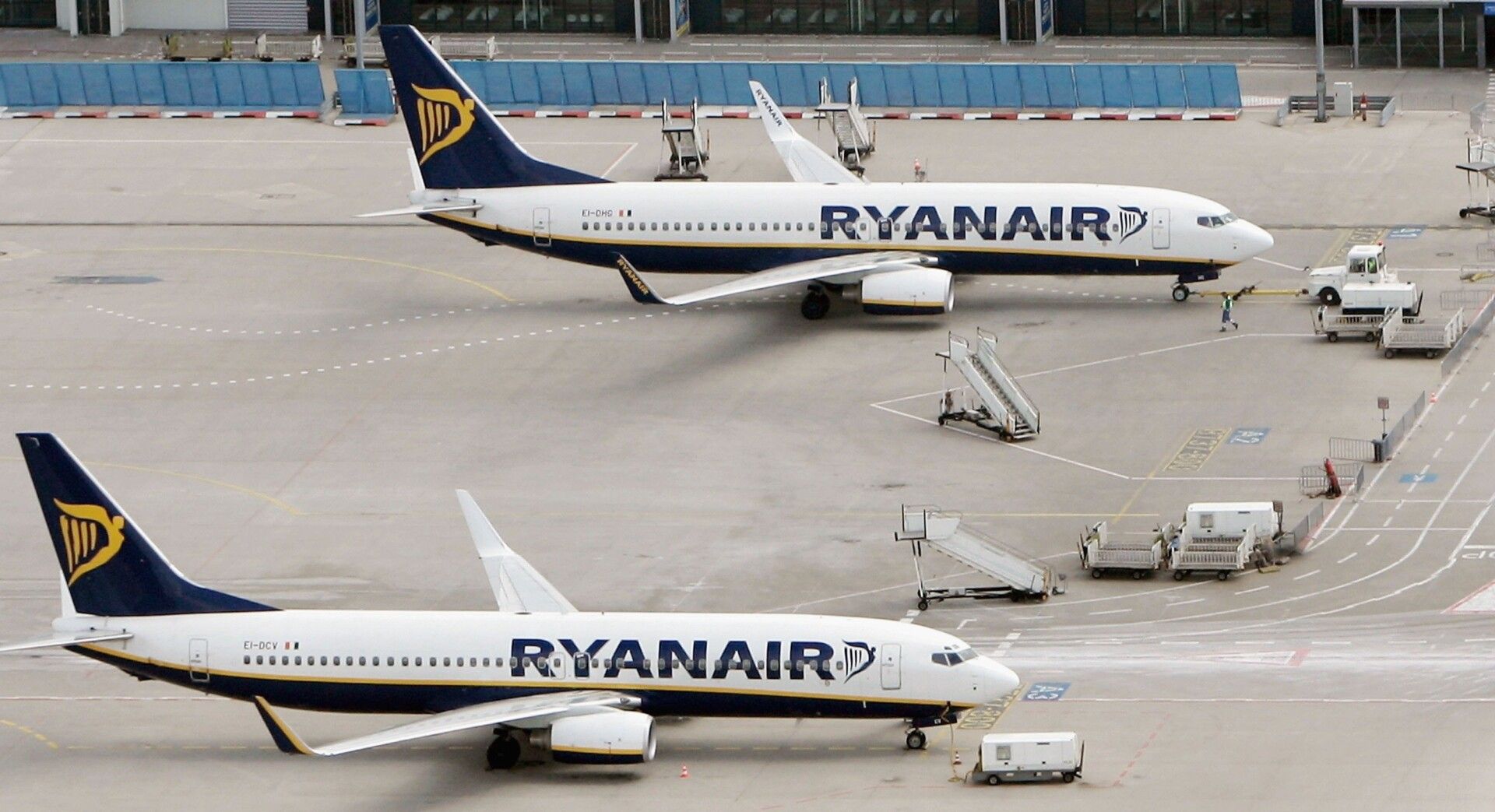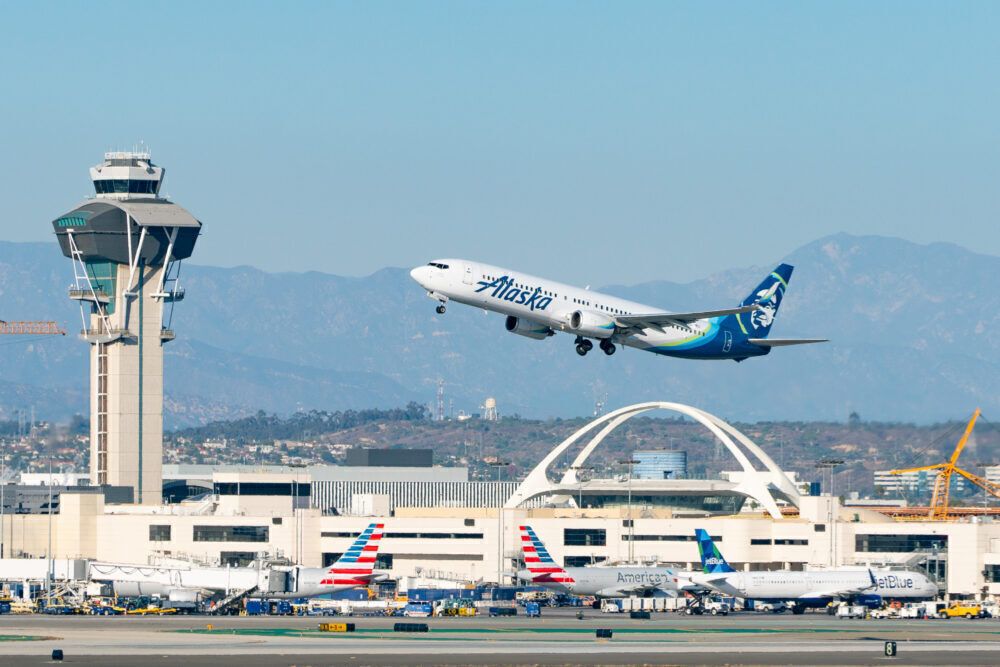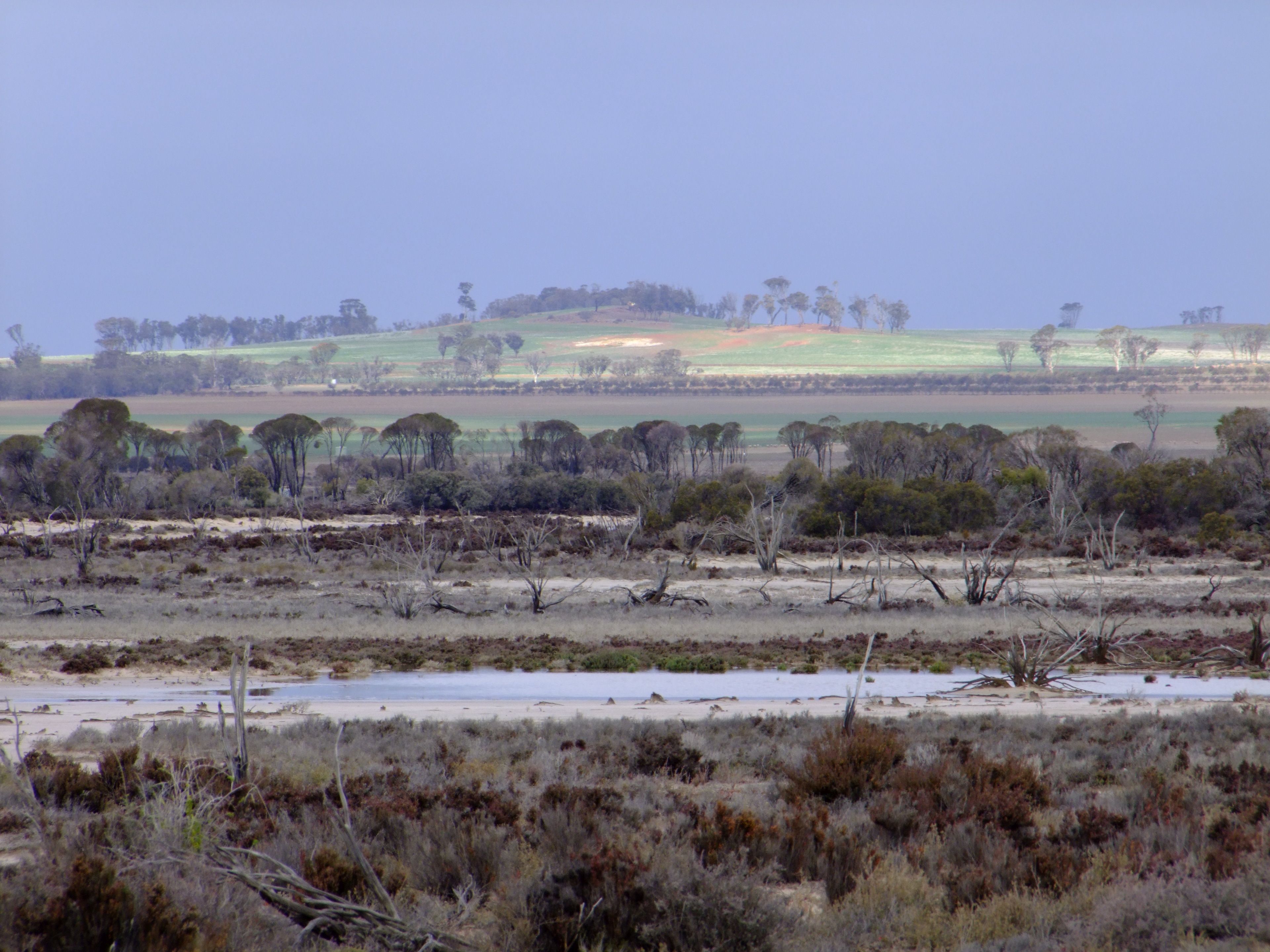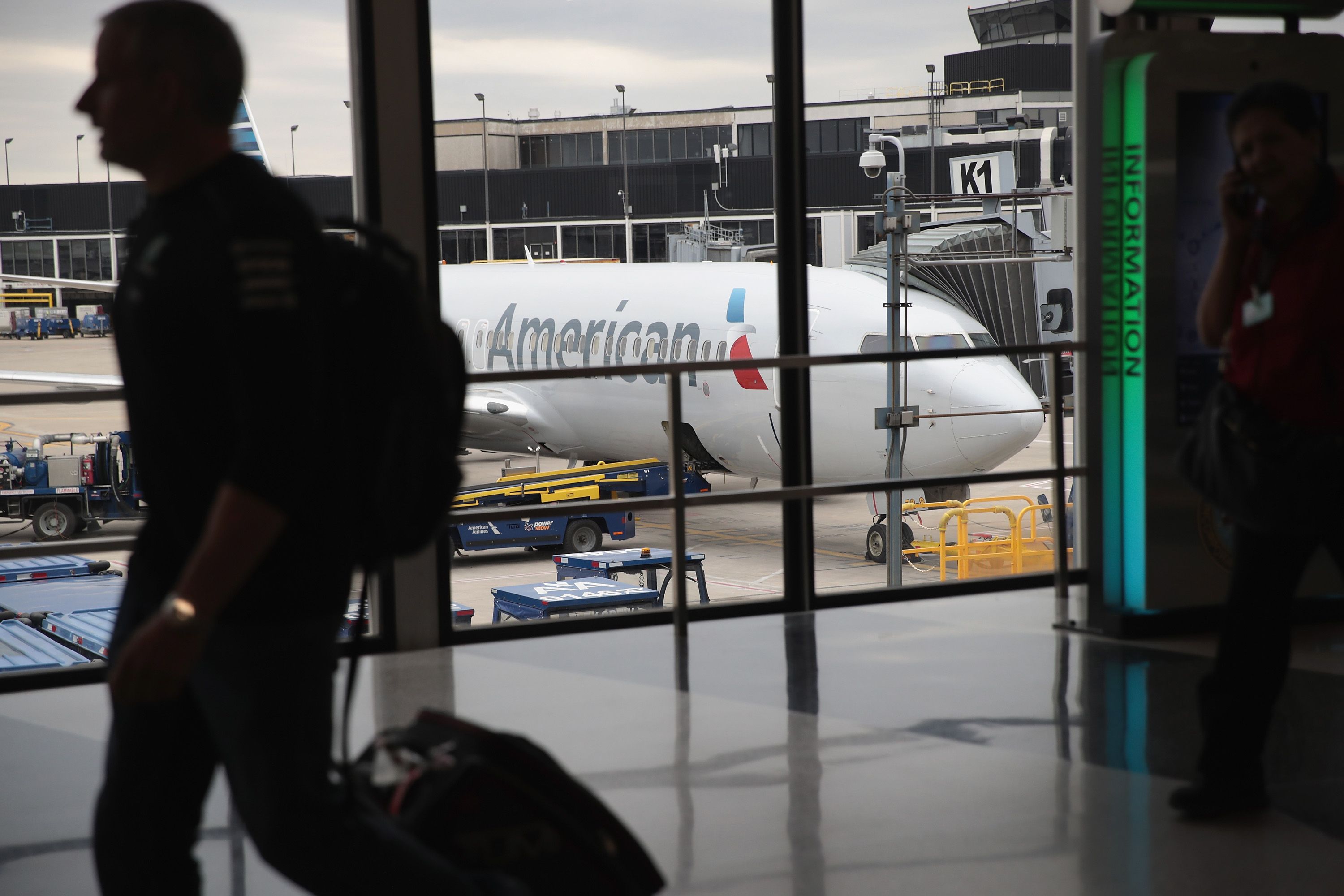We are coming up to the six-month mark since IATA announced an industry-wide target to go net-zero carbon emissions by 2050. Of course, many carriers and even alliances had already made such commitments, and some have set earlier goals of 2045 or even (in the case of JetBlue and Alaska Airlines) 2040.
Declarations and intentions are all well and good. However, if one of the world's most challenging industries to decarbonize is to succeed in its mission to do so, it needs very concrete and tangible steps to take it there.
More and more airlines have begun presenting roadmaps for the coming decades and their paths towards reducing (and, to quite a large extent, offsetting) the CO2 emissions stemming from their operations.
Last week, Ryanair introduced its plan, and earlier today, Australian flag carrier Qantas outlined its net-zero by 2050 pathway, along with an interim point of a 25% emissions cut by 2030. Despite quite different business models, both the carriers focus mainly on the uptake of sustainable aviation fuels and fuel efficiency from newer aircraft and technology, along with offsets.
Operational optimization
Qantas is also looking to waste management, while Ryanair sees a large chunk of its reductions being achieved through more efficient air traffic management, mainly due to the implementation of the Single European Sky. The optimization of airspace over the congested continent will reduce 10% of the airline's carbon emissions, the LCC believes.
ATC optimization will have less impact in the markets where Qantas primarily operates. Still, the airline does include flight planning in its target is to increase fuel efficiency by an average of 1.5% per year to 2030.
The 2040 plan
One of the first airlines to publish a detailed net-zero roadmap was Alaska Airlines. As previously mentioned, the Seattle-based airline has one of the most ambitious targets in the industry to go net-zero by 2040. The plan was released last year and laid out a five-part pathway to hit the target.
Like Ryanair and Qantas, Alaska is looking to fleet renewal to increase fuel efficiency. And just like Ryanair, it has chosen the Boeing 737 MAX, which in Alaska's case, are 22% more fuel-efficient on a seat-by-seat basis than the aircraft they are replacing. The airline has ordered up to 120 of the jet, with 17 already delivered.
Another thing in common between the two airlines is that they are looking specifically at operational efficiency as its own category. While Ryanair is seemingly placing its hopes on policy changes and broader initiatives, Alaska is also trialing AI flight planning software to optimize flight routes and include operations at headquarters and airports in emission calculation.
The SAF component
Both Alaska and Ryanair support research projects on SAF. Ryanair through the Trinity College in Dublin and Alaska Airlines at Washington State University. Meanwhile, Qantas announced today that it had formed a partnership with INPEX and ANZ to evaluate a project on carbon farming (a way of farming to sequestrate carbon in the soil) and renewable biofuels in Western Australia.
The lack of a domestic Australian SAF industry could potentially hamper the carrier's ambitions to operate on 10% SAF by 2030 and 60% by 2050. Ryanair has set a short-term target of 12% SAF by 2030 (which Michael O'Leary himself has expressed doubts on whether or not the airline will manage). There is no specific figure available for 2050, other than that SAF will account for 34% of CO2 emissions reduction.
The Group initiative
International Airlines Group (IAG), of which British Airways, Iberia, Aer Lingus, Level, and Vueling are a part, has also released a net-zero roadmap. It is a little harder to gain an overview of as it is not organized into neat 'pillars'. However, the principles of fleet renewal (up to 142 new aircraft over the next five years), investing in and increasing the use of SAF, waste and weight reduction, and carbon offsetting are all represented.
IAG also has an interim target of reducing net CO2 emissions by 20% by 2030, and the group has taken a leadership role in the oneworld Alliance roadmap, released in August last year.
Stay informed: Sign up for our daily and weekly aviation news digests.
DOT policy action plan
The US Transportation Department released its 2021 Aviation Climate Action Plan last year, also targeting net-zero by mid-century. It lists a long list of areas where reductions are to happen. With the risk of sounding like a broken record, they are aircraft efficiency and new technology, operational improvements for the North American airspace, and SAF.
It is also looking to more decisive international leadership through ICAO, airport initiatives, and the reduction of non-CO2 emissions (although these technically do not count towards net-zero carbon). Furthermore, it states that,
"Getting the entire U.S. aviation sector on a trajectory toward net-zero emissions by 2050 will require a suite of policies to incentivize innovation, deployment, implementation, and competition to grind down the costs of the changes that will be needed."
First mention of demand management
Meanwhile, across the Atlantic, in the UK, the Sustainable Aviation alliance consisting of s airlines, airports, aerospace manufacturers, and air navigation service providers has also released a pathway to net-zero.
The usual suspects are represented - aircraft and engine efficiency, including new propulsion technology, SAF (to account for at least 30% of UK aviation's CO2 emission reductions by 2050), operation and airspace efficiency, and carbon offsets.
However - what is conspicuous by its absence in airline roadmaps but present here when other stakeholders are invited to participate is demand management. The Sustainable Aviation plan suggests as its fifth point that,
"Progressively applying a carbon price through use of global Market Based Measures is estimated to reduce demand for flying."
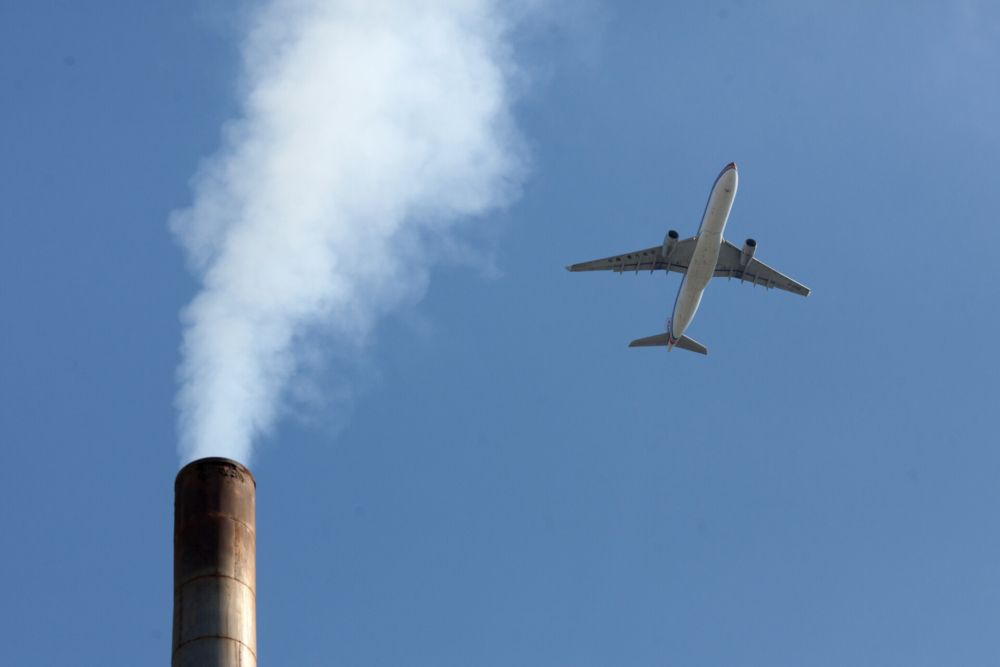 The offset interim elephant in the room
The offset interim elephant in the room
A little alarming is the extent to which every single roadmap published thus far depends on carbon offsets to reach net-zero. Even for the Sustainable Aviation pathway, they make up the most significant piece of the net-zero puzzle, 'saving' 25.8Mt of CO2, compared to the 23.5Mt of efficiency improvements and new technology.
The large extent to which airlines and the industry are looking to offsets to reach their targets suggests they know that they cannot achieve true net-zero by 2050. There is an understanding that significant pollution will still happen, but - finger's crossed - we can make up for it in other ways the impact of which are still scientifically ambiguous.
However, most admit that in the grand scheme of things, offsetting will be an interim measure while the industry scales up the technology needed to actually decarbonize aviation itself.

